If you’ve ever visited Singapore, chances are you’ve come across the country’s iconic Singapore 1 dollar note.
This small paper currency symbolises Singapore’s history, culture, and economy. Despite its relatively low value, the one-dollar note is essential to Singapore’s financial landscape.
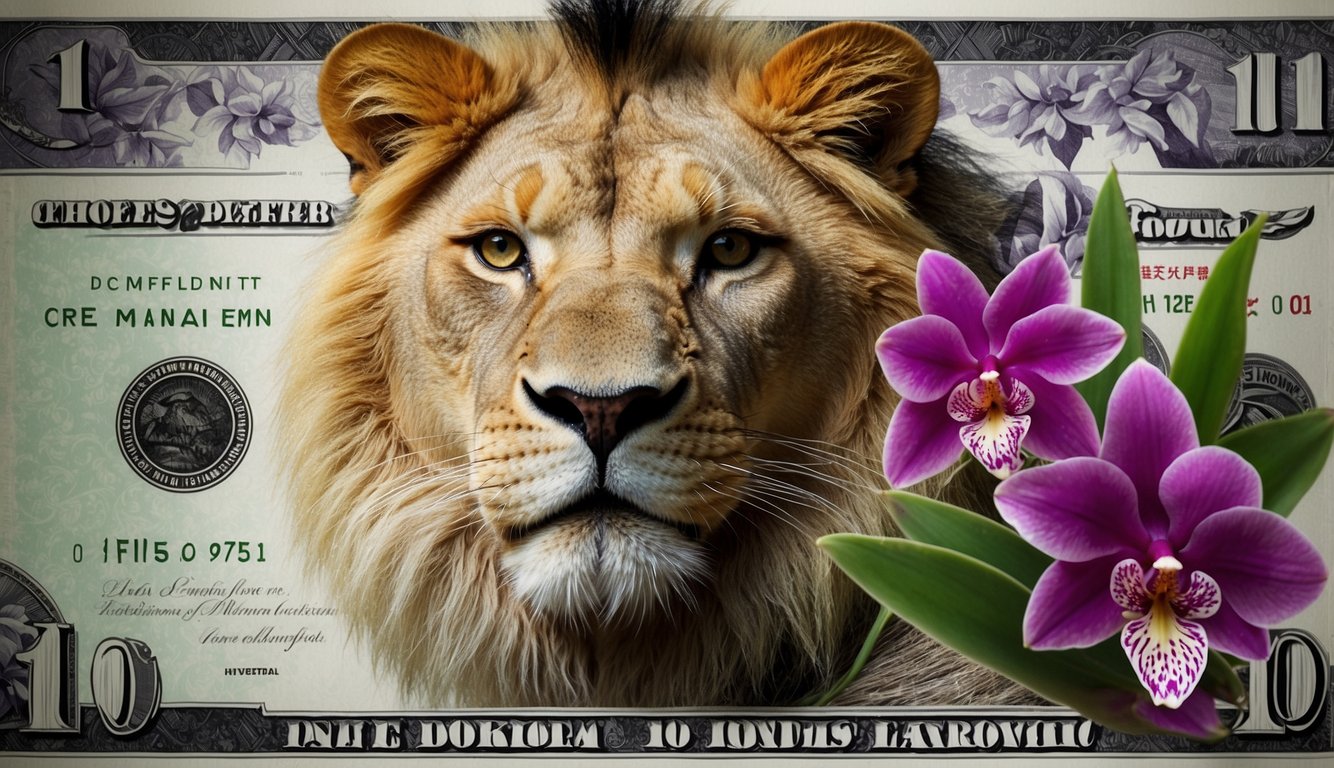
The Singapore one-dollar note has a rich history that dates back to the country’s early days as a British colony.
Over the years, the note’s design has undergone several changes, reflecting Singapore’s evolving identity and economic growth. Today, the one-dollar note is a tangible reminder of Singapore’s past, present, and future.
Key Takeaways
- The Singapore one-dollar note is essential to the country’s history, culture, and economy.
- The note’s design has changed, reflecting Singapore’s evolving identity and economic growth.
- Despite its low value, the one-dollar note is a tangible reminder of Singapore’s past, present, and future.
Singapore 1 Dollar Note: Historical Context
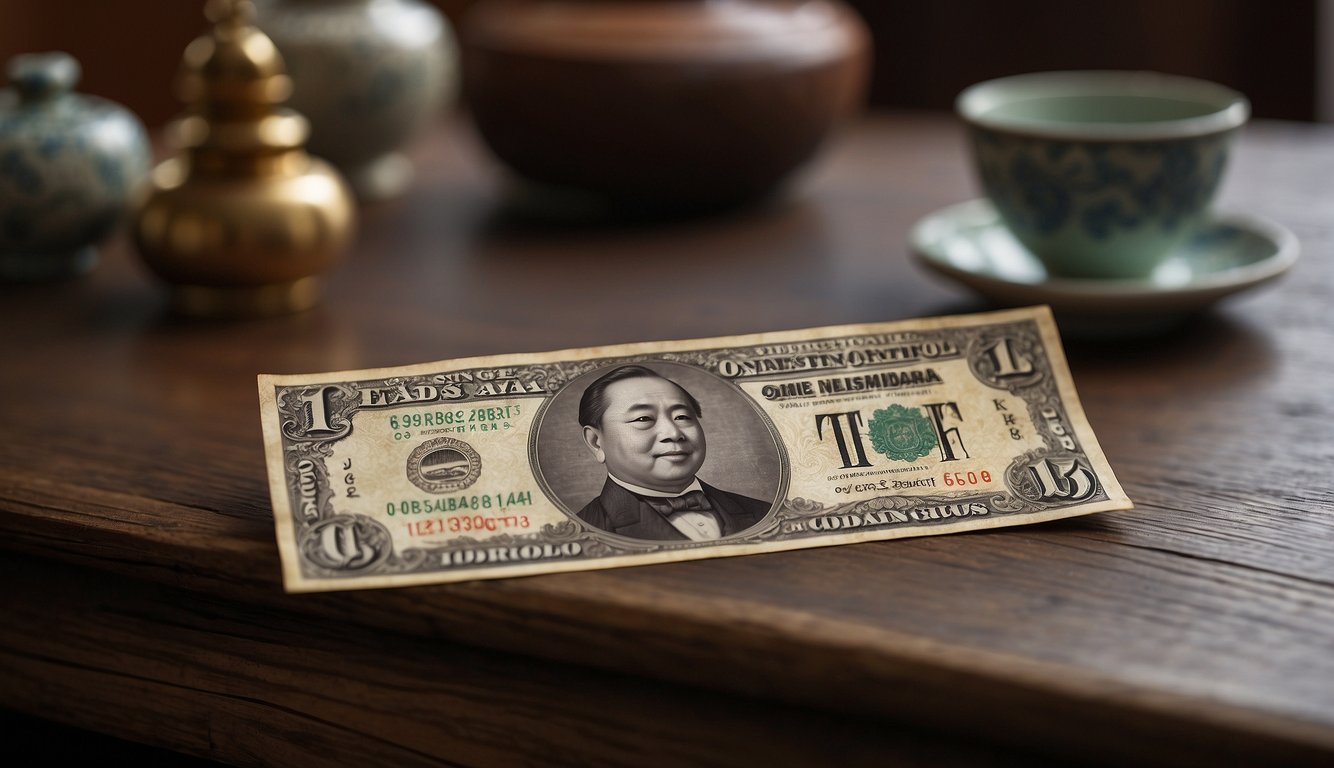
If you are interested in the history of the Singapore 1 dollar note, you may want to look closely at the country’s past. The Singapore dollar has a rich history from the colonial era. This section will explore some critical historical events and changes that have shaped the Singapore dollar as we know it today.
Origins in Malaya and British Borneo
The origins of the Singapore dollar can be traced back to the Malayan dollar, which was introduced in 1939. The Malayan dollar was used in Malaya and British Borneo, and the Board of Commissioners of Currency issued it. The Malayan dollar was pegged to the British pound and used as a medium of exchange in the region.
Transition to Singapore Dollar
In 1953, the Malayan dollar was replaced by the Malaya and British Borneo dollar, which are used in Singapore, Malaya, North Borneo, Sarawak, and Brunei. The Malaya and British Borneo dollar was also pegged to the British pound, and it was used until 1967, when Singapore became an independent nation.
Japanese Occupation and Monetary Changes
During the Japanese occupation of Singapore in World War II, the Japanese introduced their currency, the Japanese-issued dollar. After the war, the British returned to Singapore and reintroduced the Malayan dollar.
1959, Singapore gained self-governance, and the country began to issue its currency, the Singapore dollar. The Singapore dollar was pegged to the pound sterling until 1973 when it was allowed to float freely against other currencies.
Overall, the history of the Singapore dollar is closely tied to the country’s colonial past and struggle for independence. The currency has undergone many changes over the years, and it continues to evolve to meet the needs of Singapore’s modern economy.
Singapore 1 Dollar Note: Design and Features
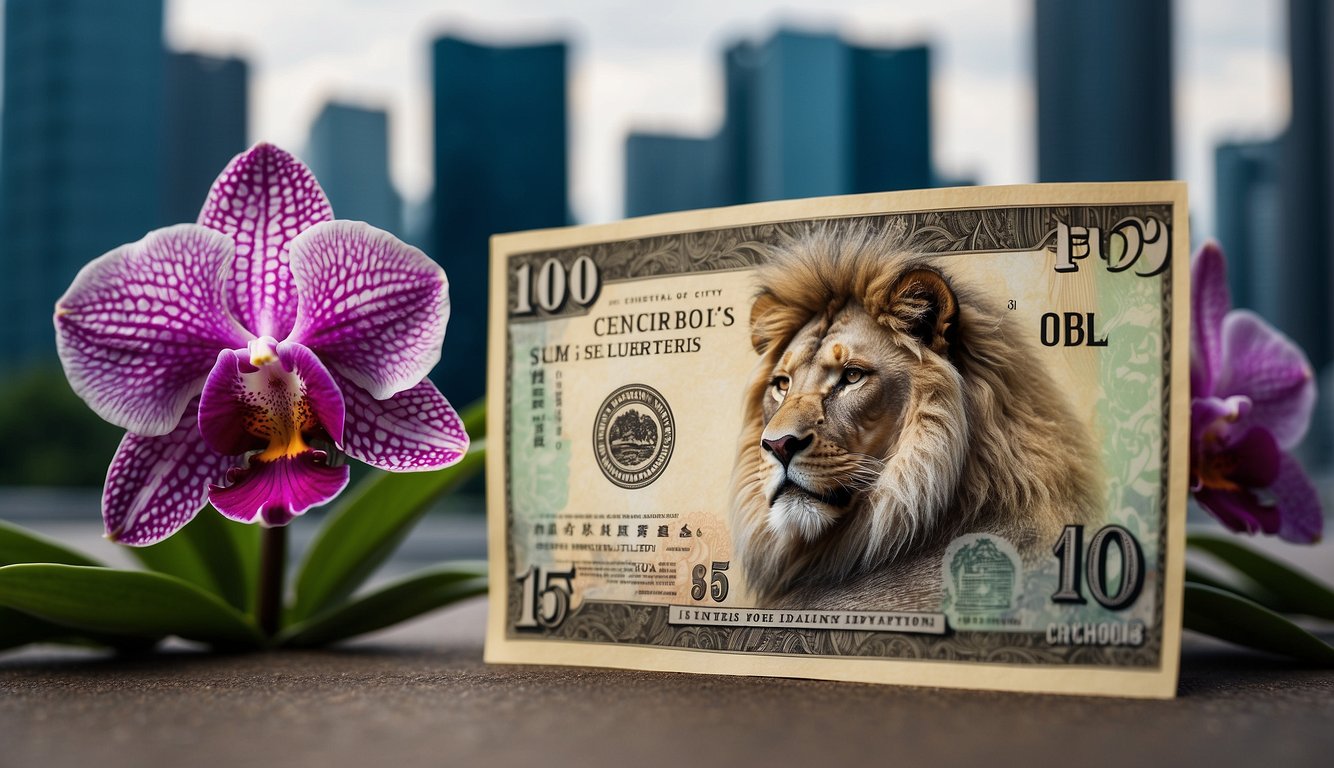
If you’re lucky enough to get a Singapore $1 banknote, you’ll hold a piece of currency with a unique design and security features.
Obverse Imagery
The obverse side of the note features a portrait of Yusof bin Ishak, the first President of Singapore. Alongside his painting is a lion head watermark, visible when held up to the light. The watermark is an important security feature that helps to prevent counterfeiting.
Reverse Artwork
On the reverse side of the note, you’ll find a beautiful illustration of Singapore’s national flower, the orchid. The orchid is depicted in vibrant colours, which make it stand out against the note’s pale background. Above the orchid, the note’s denomination is printed in bold, black letters.
Watermark and Security Elements
As mentioned earlier, the lion head watermark is one of the most essential security features of the Singapore $1 banknote. In addition to the watermark, several other security elements help to prevent counterfeiting. These include:
- A security thread that runs through the note and glows under UV light
- Microprinting that is only visible under magnification
- Raised printing that you can feel with your fingers
- A unique serial number that is printed twice on the note
These security features make the Singapore $1 banknote one of the most secure banknotes in the world.
The Singapore $1 banknote is a beautiful and unique currency showcasing the country’s culture and heritage. Whether you’re a collector or just someone who appreciates good design, you’ll love the look and feel of this banknote.
Singapore 1 Dollar Note: Series and Variations
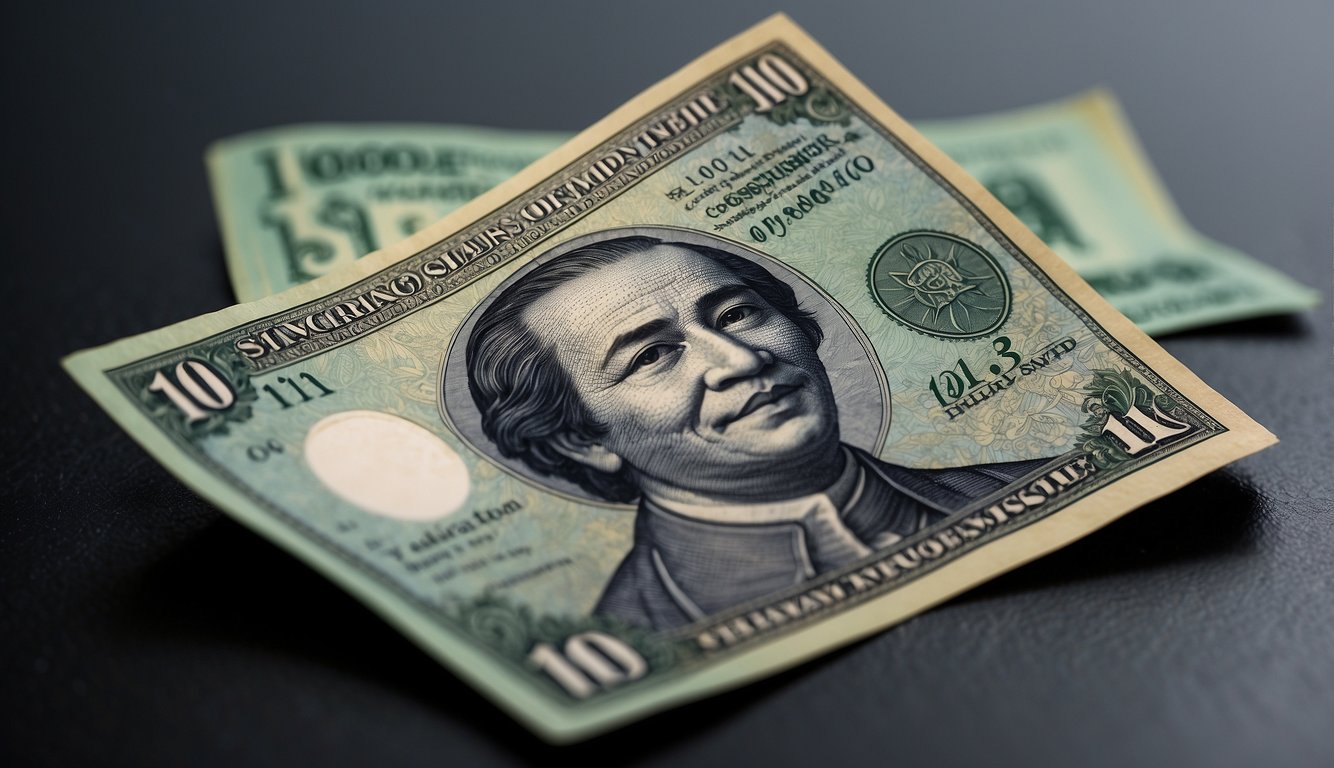
Suppose you’re a collector or just interested in the history of Singapore’s currency. In that case, you’ll be excited to know that the Singapore 1 dollar note has gone through several series and variations over the years. In this section, we’ll take a closer look at each series and the notable features that make them unique.
Orchid Series
The Orchid Series was the first series of Singapore’s currency notes issued in 1967. These notes featured the national flower of Singapore, the orchid, on the front. On the back, they featured a watermark of a lion’s head. The Orchid Series was circulated until 1976 when the Bird Series replaced it.
Bird Series
The Bird Series was introduced in 1976 and was in circulation until 1984. These notes featured a black-naped tern on the front and a watermark of the Singaporean coat of arms on the back. The Bird Series was notable for being the first series to feature the signature of then-President Yusof bin Ishak.
Ship Series
The Ship Series was introduced in 1984 and was in circulation until 1999. These notes featured a variety of ships on the front, symbolizing Singapore’s history as a port city. They featured a watermark of the lion’s head symbol on the back. The Ship Series was also notable for being the first series to feature the signature of then-Senior Minister Lee Kuan Yew.
Portrait Series
The Portrait Series was introduced in 1999 and is currently in circulation. On the front, these notes feature a portrait of Yusof bin Ishak, Singapore’s first President. On the back, they feature various images of Singapore’s cultural heritage, such as the Esplanade and the Singapore River. The Portrait Series is also notable for being the first series to feature a holographic strip as a security feature.
Overall, each series of Singapore’s 1 dollar note has unique features and history. Whether you’re a collector or just interested in Singapore’s currency, these notes offer a fascinating glimpse into the country’s past and present.
Singapore 1 Dollar Note: Production and Issuance
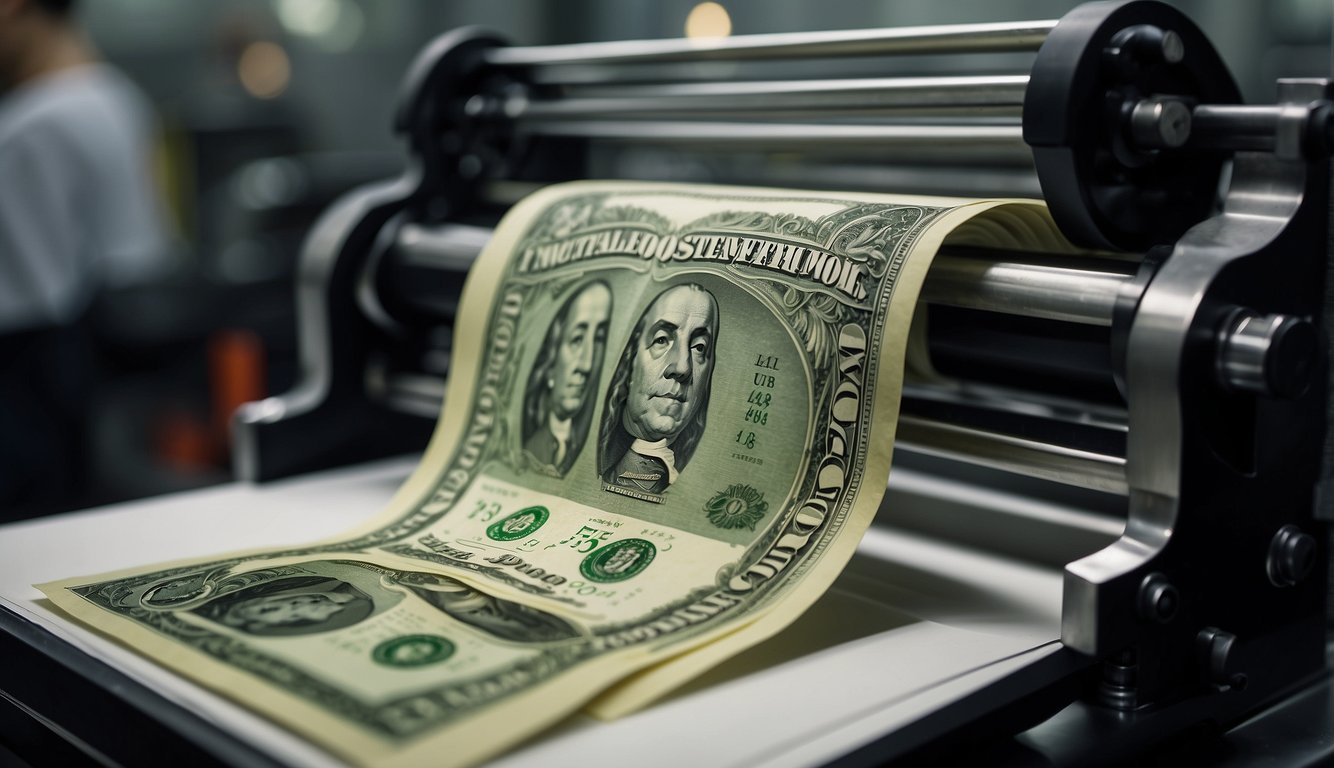
If you’ve ever held a Singapore one dollar note, you might have wondered how it was produced and issued. In this section, we’ll examine the printing and minting process, the Board of Commissioners of Currency, and the Monetary Authority of Singapore.
Printing and Minting Process
Singapore one dollar notes are printed on paper, which is sourced from reputable suppliers around the world. The paper is then cut to size and sent to the printing presses. The printing process involves several stages, including special inks and security features to prevent counterfeiting. Once the notes have been printed, they are inspected and packaged for distribution.
Singapore coins, on the other hand, are minted using a combination of traditional and modern techniques. The process involves casting the metal blanks, followed by striking the blanks with specially designed dies to create the final design. The coins are then inspected and packaged for distribution.
Board of Commissioners of Currency
The Board of Commissioners of Currency was established in 1967 to oversee the production and issuance of Singapore notes and coins. The board was responsible for setting monetary policy, regulating the banking system, and ensuring the stability of the Singapore dollar.
In 2002, the Board of Commissioners of Currency was merged with the Monetary Authority of Singapore, which took over its responsibilities. Today, the Monetary Authority of Singapore produces and issues Singapore notes and coins.
Monetary Authority of Singapore
The Monetary Authority of Singapore is Singapore’s central bank responsible for formulating and implementing monetary policy. The authority oversees the banking system, manages Singapore’s foreign reserves, and promotes financial stability.
The Monetary Authority of Singapore produces and issues Singapore notes and coins. The authority works closely with other government agencies and financial institutions to ensure the integrity of the Singapore dollar. In recent years, the rule has taken steps to modernize the payment system in Singapore, including the introduction of contactless payment methods and the use of ATMs that dispense notes and coins.
Overall, the production and issuance of Singapore’s one-dollar notes is a complex process that involves several government agencies and private sector partners. The result is a highly secure, widely accepted currency symbolising Singapore’s economic success.
Singapore 1 Dollar Note: Circulation and Usage
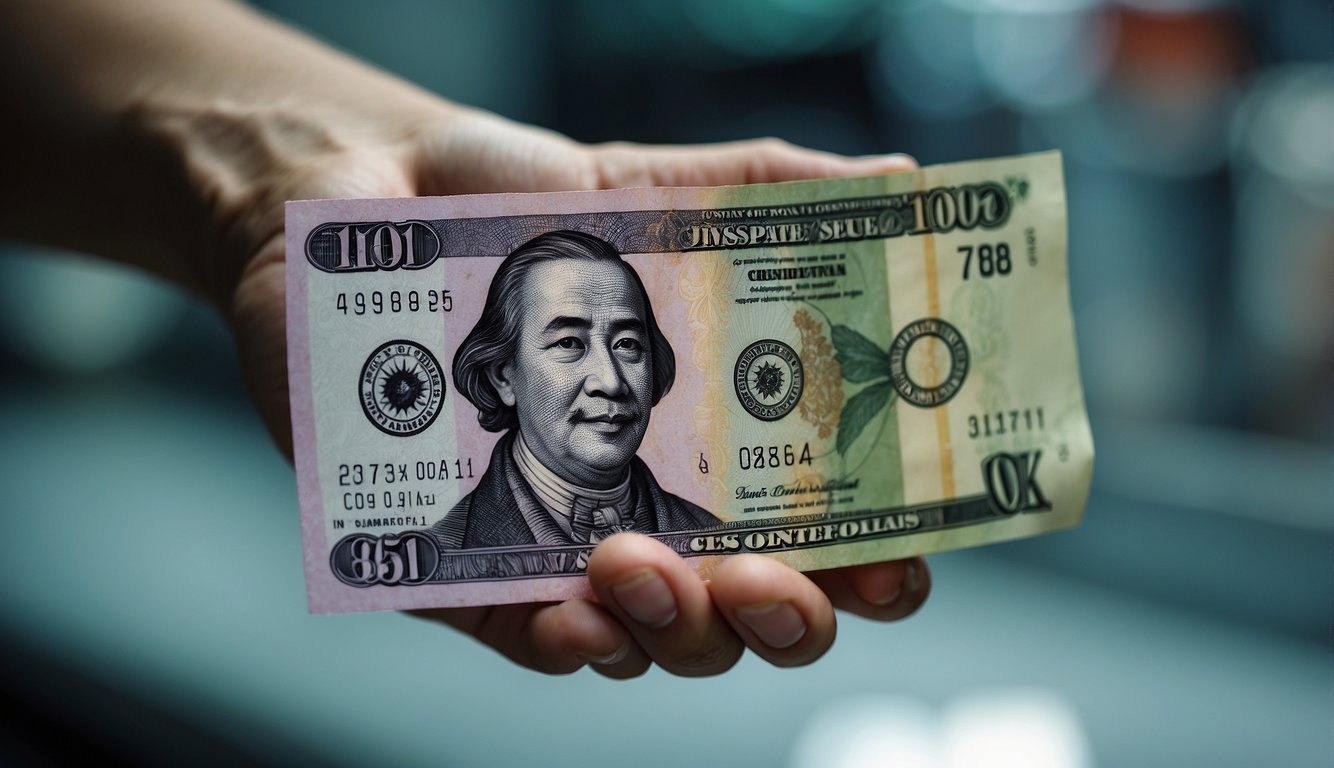
If you live in Singapore, you have probably used or seen the $1 note at some point. It is a small but essential part of the country’s currency system. This section will examine the circulation and usage of the Singapore $1 note.
Legal Tender Status
The $1 note is legal tender in Singapore, meaning the government recognizes it as a valid form of payment. You can use it to pay for goods and services, and businesses must accept it. However, companies are also allowed to set their policies regarding payment, so they may not get $1 notes for more significant transactions.
ATM Distribution
Notes worth $1 are not commonly dispensed by ATMs in Singapore. This is because they are not as widely used as larger denominations, and it is more cost-effective for banks to distribute more extensive notes. However, you can still get $1 notes from banks and money changers.
Cash Transactions
$1 notes are commonly used for small cash transactions, such as buying a snack or a drink. They are also widely used for giving change. However, larger denominations such as $10 or $50 notes are more common for larger transactions.
The Singapore $1 note is integral to the country’s currency system. It is legal tender and can be used for small cash transactions. While ATMs may not as commonly dispense it, you can still get $1 notes from banks and money changers.
Singapore 1 Dollar Note: Collectability and Rarity
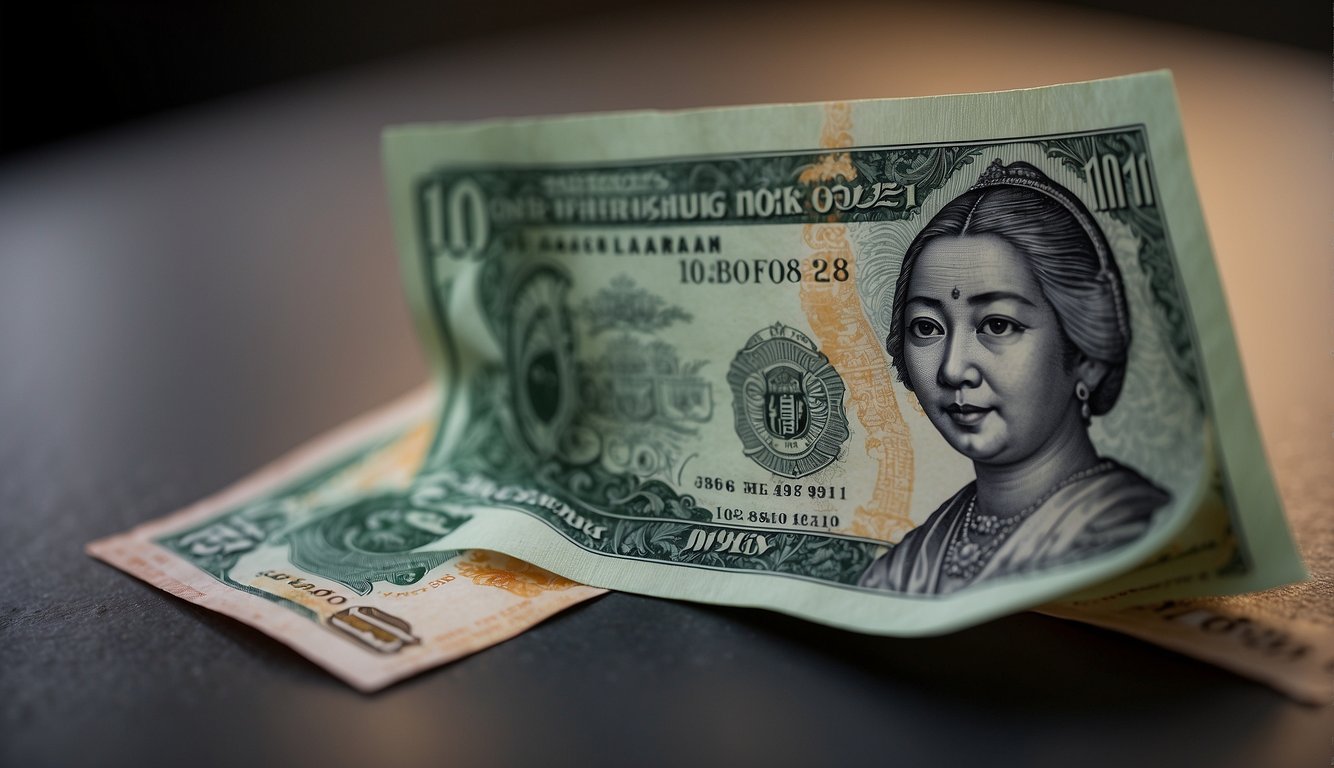
If you are a collector of rare and unique currency, then the Singapore 1 dollar note is worth adding to your collection. This note has gained much attention in the numismatic community due to its rarity and unique design.
Numismatic Interest
Collectors highly seek the Singapore 1 dollar note due to its unique design. The first series of the Singapore 1 dollar note was issued in 1967 and featured the portrait of Yusof bin Ishak, the first President of Singapore. The second series, known as the Bird Series, was published from 1976 to 1984 and featured various species of birds found in Singapore. The third series, the Ship Series, was issued from 1987 to 1999 and featured multiple ships that played an important role in Singapore’s history.
Rarity and Valuation
The rarity of the Singapore 1 dollar note is determined by its age, condition, and series. The older the note, the rarer it is and the more valuable it becomes. The Bird Series notes are particularly sought after due to their unique designs featuring various birds found in Singapore.
According to Numista, a website that provides information on various currencies, the value of the Singapore 1 dollar note ranges from a few dollars to a few thousand dollars, depending on its rarity and condition. For example, a defective one dollar Singapore note from the 1980s may now fetch its lucky owner $1,700, as reported by The Straits Times.
In conclusion, the Singapore 1 dollar note is a highly collectable and rare currency that has gained much attention in the numismatic community. Its unique design and rarity make it a valuable addition to any collection.
Singapore 1 Dollar Note: Economic Impact
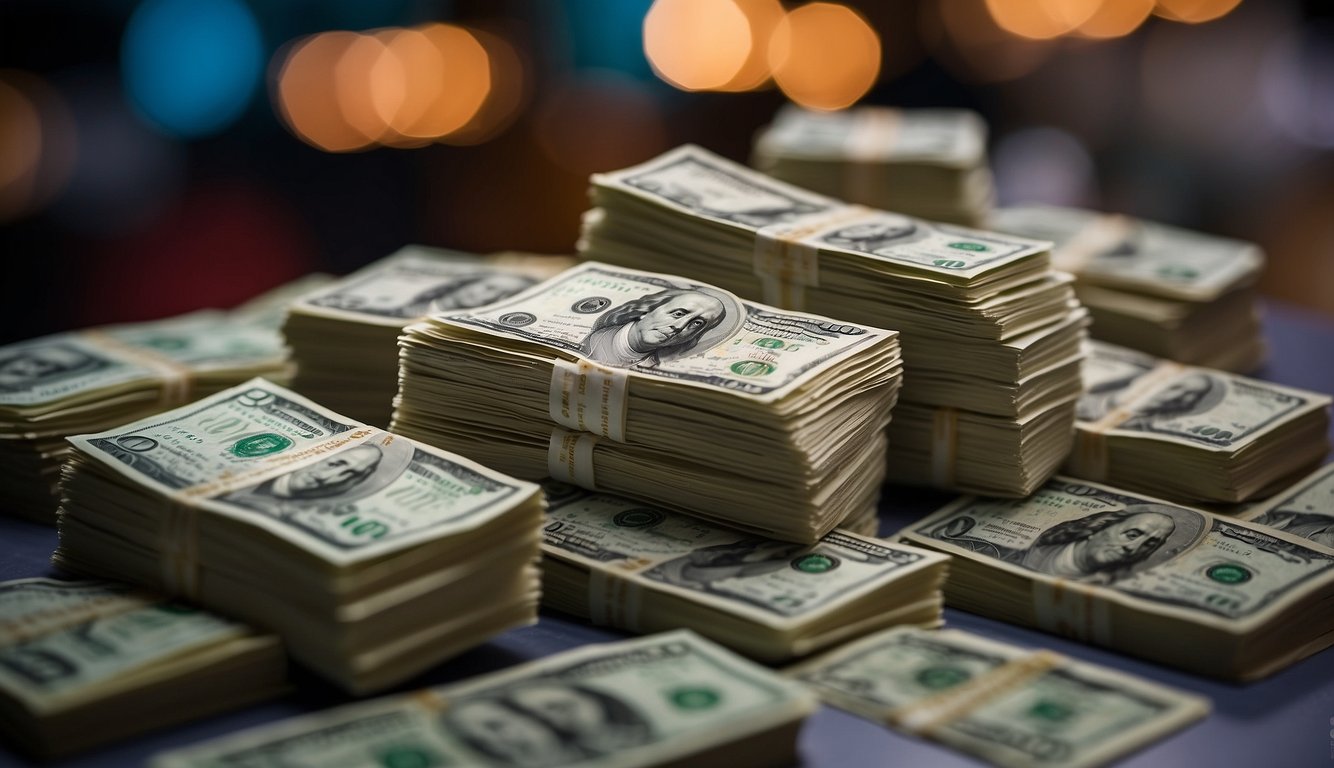
Role in Singapore’s Economy
The Singapore one-dollar note significantly affects the country’s economy. As the official currency of Singapore, the one-dollar note is used for daily transactions and is an essential component of the country’s monetary policy. The government regulates the money supply through its central bank, the Monetary Authority of Singapore (MAS), to maintain price stability and promote economic growth.
The MAS uses a basket of currencies, including the US dollar, the Euro, the Japanese yen, and the British pound, to manage the Singapore dollar’s exchange rate.
The one dollar note, with its distinctive design featuring the portrait of Singapore’s first president, Yusof Ishak, symbolises Singapore’s national identity. The government has taken steps to ensure that the one-dollar note remains relevant in the digital age. For example, the MAS has introduced a digital version of the one-dollar note, which can be used for online transactions. This move has helped to promote the broader use of digital payments in Singapore and has boosted the country’s fintech industry.
Influence on Regional Currencies
The Singapore one-dollar note also has an impact on regional currencies. Singapore has close economic ties with neighbouring countries, such as Brunei and Borneo. The one-dollar note is widely accepted in these countries, and its value is often used as a benchmark for regional currencies. The MAS’s monetary policy decisions, such as interest rate adjustments, can also affect the exchange rates of regional currencies.
In conclusion, the Singapore one-dollar note is not just a piece of paper at face value. It plays a vital role in Singapore’s economy and significantly influences regional currencies. Its design and features reflect Singapore’s national identity and the government has taken steps to ensure its relevance in the digital age.
Singapore 1 Dollar Note: Legal and Regulatory Aspects
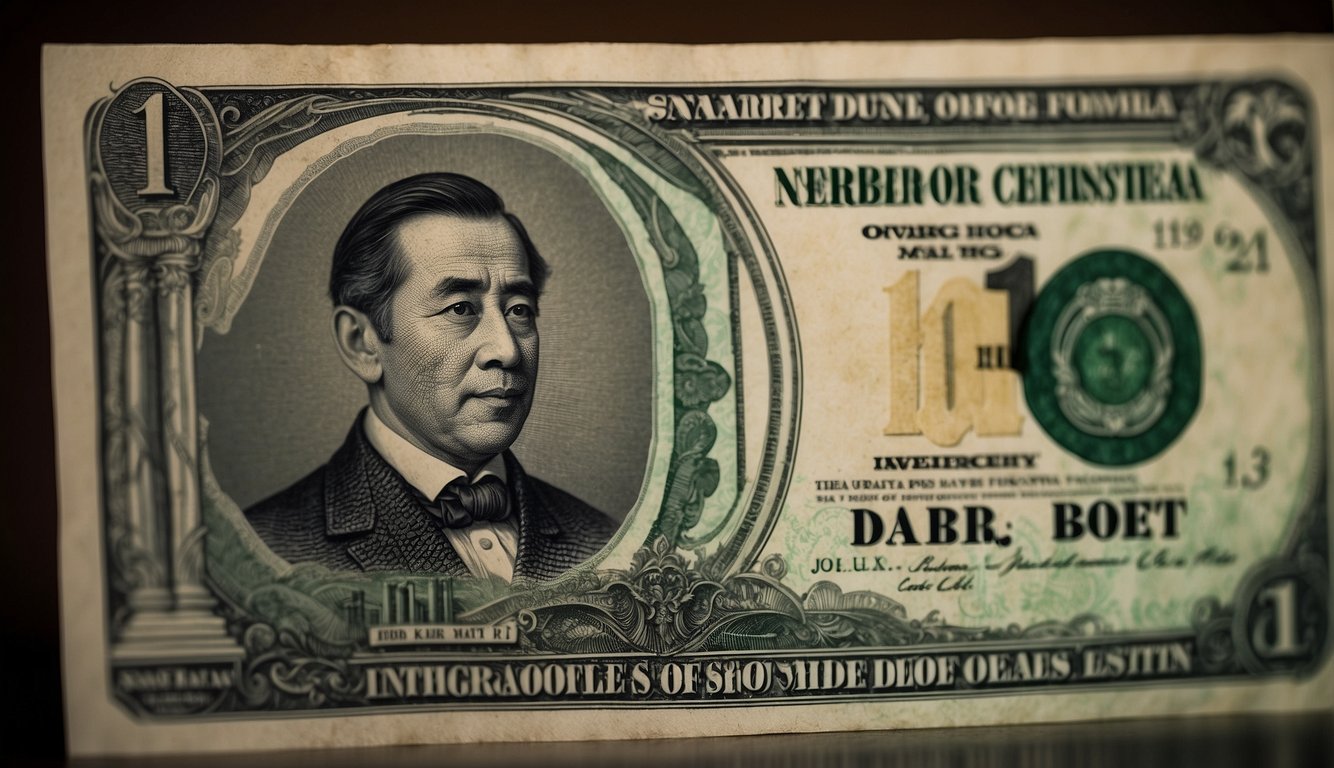
Suppose you are interested in the legal and regulatory aspects of the Singapore 1-dollar note. In that case, you will be glad that the Monetary Authority of Singapore (MAS) is responsible for issuing and regulating the currency. The 1 dollar note is legal tender in Singapore, meaning it can be used to pay for goods and services.
Counterfeit Prevention
Counterfeit prevention is a top priority for the MAS. The 1 dollar note has several security features that make it difficult to counterfeit. These features include a watermark, security thread, and see-through register. You can learn more about these security features on the MAS website.
Money Laundering Regulations
Money laundering is a serious crime that the Singapore government takes very seriously. The MAS has implemented strict regulations to prevent money laundering and terrorist financing. If you are involved in any financial transactions, it is important to know these regulations.
Under the regulations, financial institutions must conduct customer due diligence and report suspicious transactions to the authorities. The MAS also conducts regular inspections to ensure financial institutions comply with the regulations.
In conclusion, the Singapore 1 dollar note is a legal tender regulated by the MAS. The note has several security features to prevent counterfeiting, and the MAS has implemented strict regulations to prevent money laundering.
Singapore 1 Dollar Note: Cultural Significance
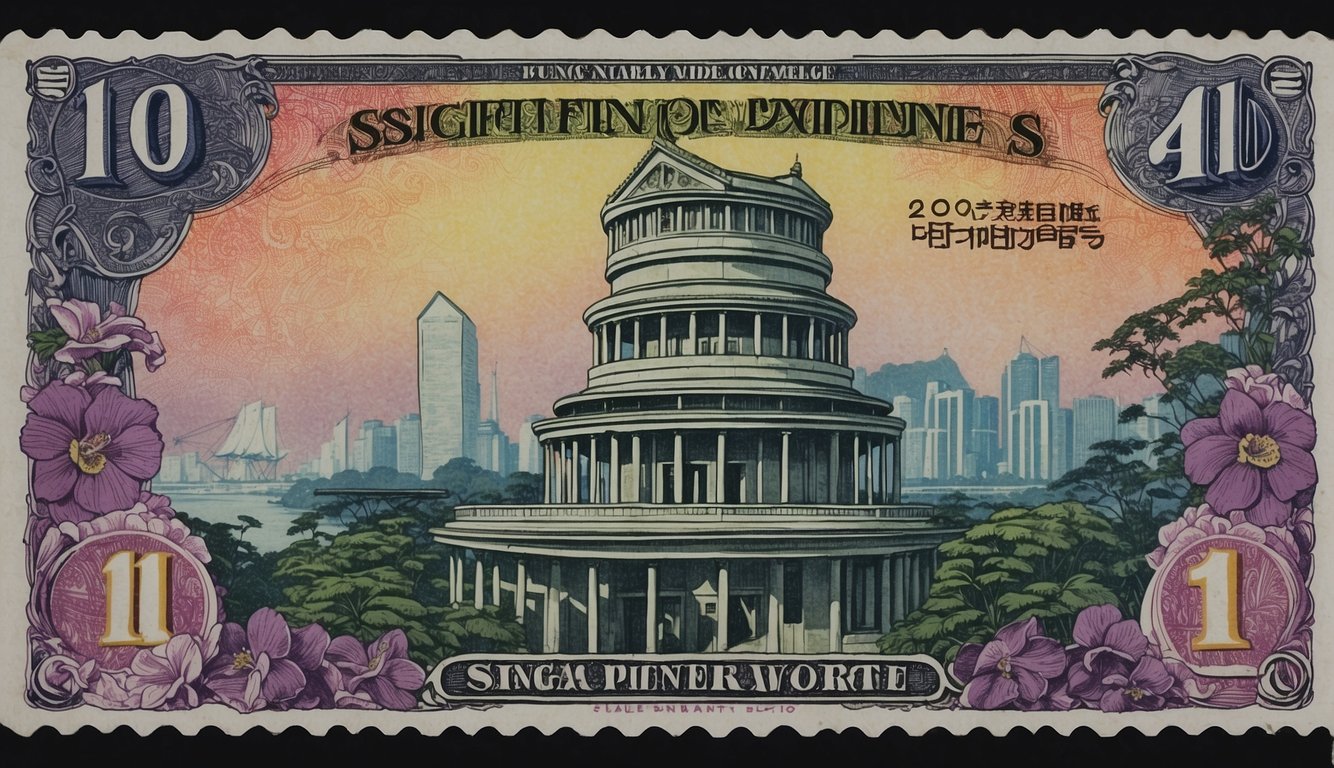
If you have ever visited Singapore, you must have seen the iconic 1 dollar note. Despite its small value, this note holds significant cultural importance in Singapore.
Depictions of National Identity
The 1 dollar note features the image of Singapore’s first President, Yusof bin Ishak, on the front. This is a powerful symbol of national identity, as it represents the country’s first steps towards independence. The note also features a watermark of the Merlion, a mythical creature that has become a symbol of Singapore’s tourism industry.
Commemorative Issues
Over the years, the 1 dollar note has been issued in various commemorative designs to mark significant events in Singapore’s history. For example, in 1985, a special edition of the note was published to commemorate the opening of the Mass Rapid Transit (MRT) system. This note featured the image of Singapore’s founding Prime Minister, Lee Kuan Yew, and was designed to celebrate the country’s achievements in modernization and urban development.
Another notable commemorative issue was the 1990 “HDB Heartland” series, which featured images of HDB housing estates on the reverse side of the note. This was a tribute to the thousands of Singaporeans who live in public housing and a reminder of the government’s commitment to providing affordable housing for all.
The 1 dollar note has also been issued in unique designs to mark the National Day Parade (NDP), Singapore’s annual celebration of independence. These notes feature images of the parade, as well as the logo of the NDP.
Overall, the 1 dollar note is essential to Singapore’s history and culture. Whether you are a local or a visitor, this note reminds you of the country’s achievements and commitment to progress.
Frequently Asked Questions
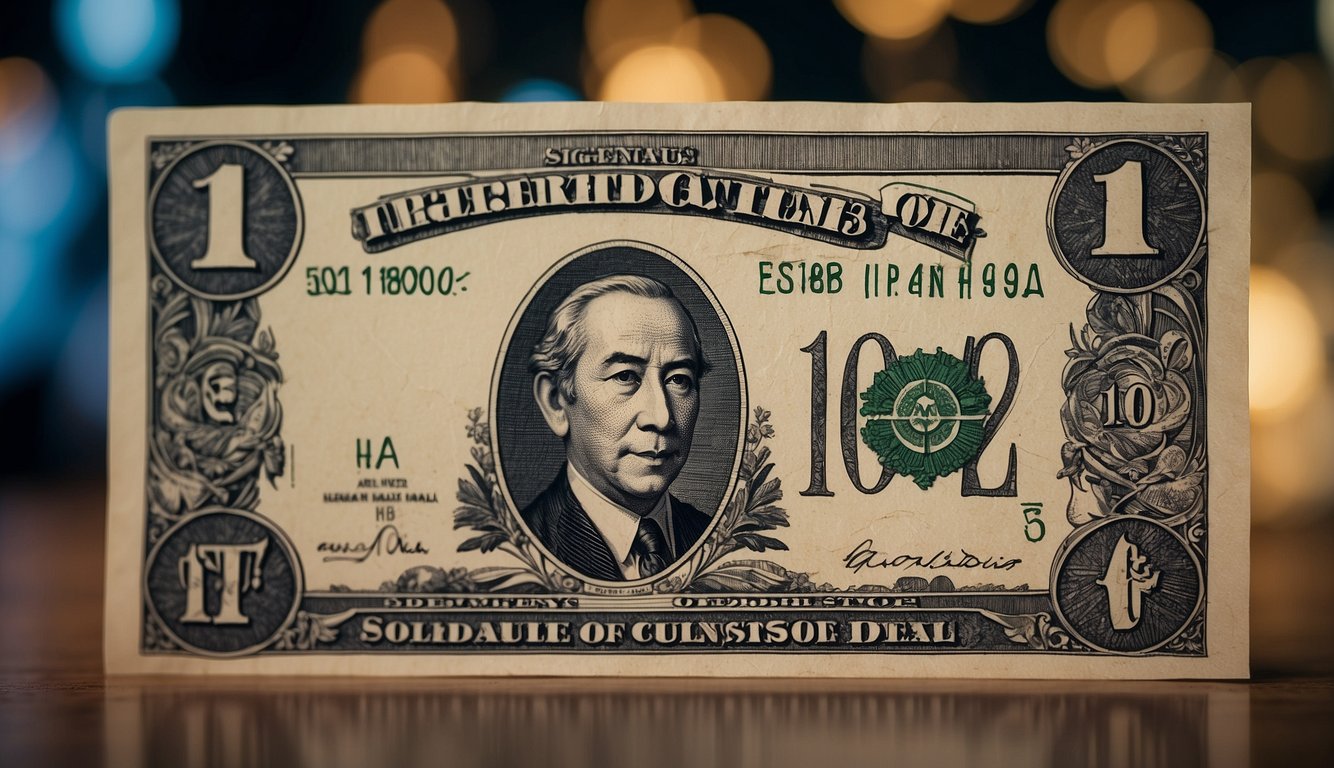
What’s the current value of an old Singapore 1 dollar note?
The value of an old Singapore 1 dollar note depends on its condition, rarity, and demand. As of January 2024, a circulated note from the Orchid series (1967-1976) could be worth around 5 to 10 Singapore dollars, while a crisp uncirculated note could fetch 40 to 50 Singapore dollars. Meanwhile, a rare specimen from the Bird series (1976-1984) or the Ship series (1984-1999) could be worth hundreds or thousands of Singapore dollars to collectors.
The value of antique currency notes can fluctuate over time, so it’s advisable to check with reputable dealers or auction houses for the latest prices.
How can I find out the worth of a Singapore 1 dollar note in Indian rupees?
You can check the current exchange rate between the Singapore dollar and the Indian rupee on financial websites or mobile apps. As of January 2024, one Singapore dollar equals around 53 Indian rupees. To convert the value of a Singapore 1 dollar note to Indian rupees, you can multiply its Singapore dollar value by 53.
For example, a 10 Singapore dollar note would be worth around 530 Indian rupees.
Are my vintage Singapore 1 dollar notes still legal tender?
No, vintage Singapore 1 dollar notes are no longer legal tender in Singapore. The Monetary Authority of Singapore (MAS) stopped issuing 1 dollar notes in 1987 and replaced them with coins. However, MAS still honours the face value of all Singapore currency notes and coins, including the 1 dollar note, at its offices. If you have a damaged or mutilated 1 dollar note, you can exchange it for a new one at MAS.
Where might one exchange or sell antique Singapore currency notes?
You can exchange or sell antique Singapore currency notes at reputable dealers, auction houses, or online marketplaces. Some popular dealers in Singapore include Mavin International Pte Ltd, Noteworthy Collectibles, and Coins.sg.
You can also check out international auction houses like Spink & Son, Heritage Auctions, and Stack’s Bowers Galleries. Online marketplaces such as eBay and Etsy also offer a wide range of vintage Singapore currency notes for sale.
What are the distinctive features of the Singapore dollar symbols?
The Singapore dollar symbol is denoted by the abbreviation “SGD” or the dollar sign “$”. The SGD symbol is usually placed before the numerical value, such as SGD 10 or $10. The Singapore dollar notes and coins design features various national symbols, landmarks, and cultural motifs, such as the Merlion, the Esplanade, and the orchid. The notes also include security features such as watermarks, security threads, and holograms to prevent counterfeiting.
What’s the collectors’ value of a Singapore 2-dollar note from the Ship Series?
The collectors’ value of a Singapore 2-dollar note from the Ship Series (1984-1999) depends on its condition, rarity, and demand. As of January 2024, a circulated note could be worth around 5 to 10 Singapore dollars, while a crisp uncirculated note could fetch 20 to 30 Singapore dollars.
However, rare specimens with unique serial numbers, errors, or printing varieties could be worth hundreds or thousands of Singapore dollars to collectors. It’s advisable to consult with reputable dealers or auction houses for an accurate appraisal of your Singapore 2-dollar note.

